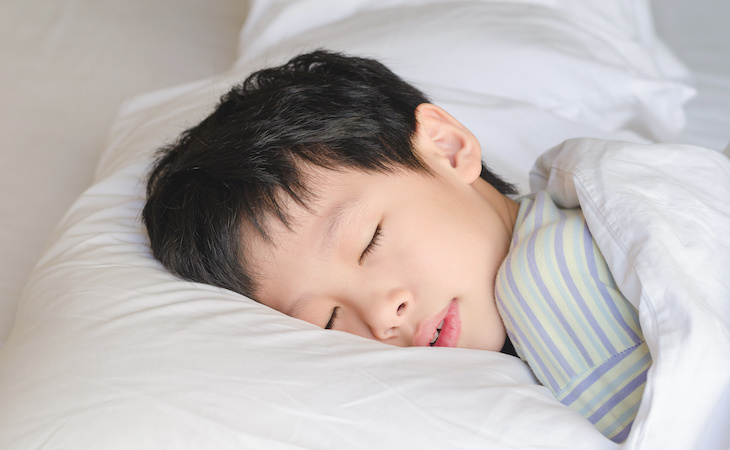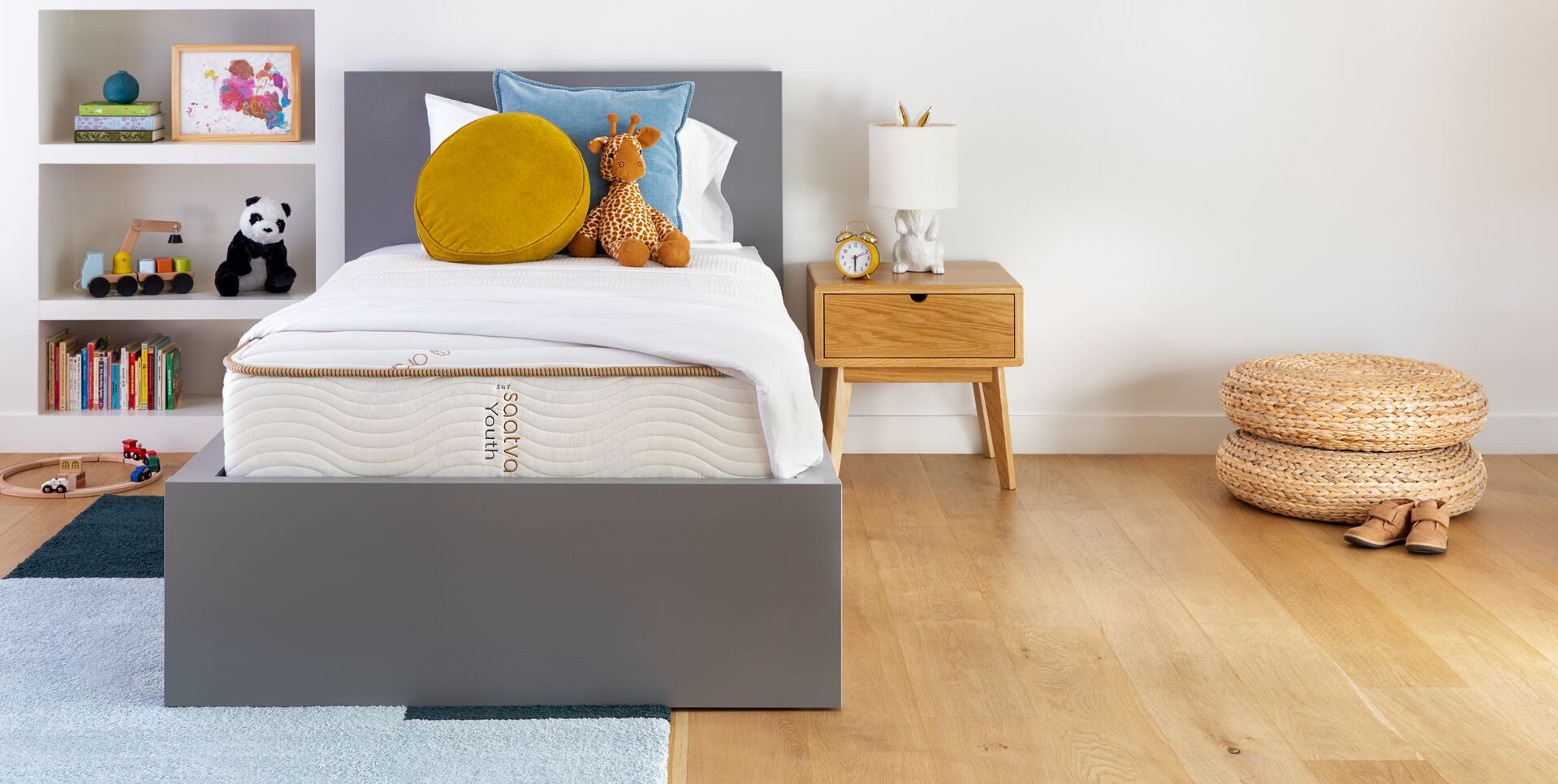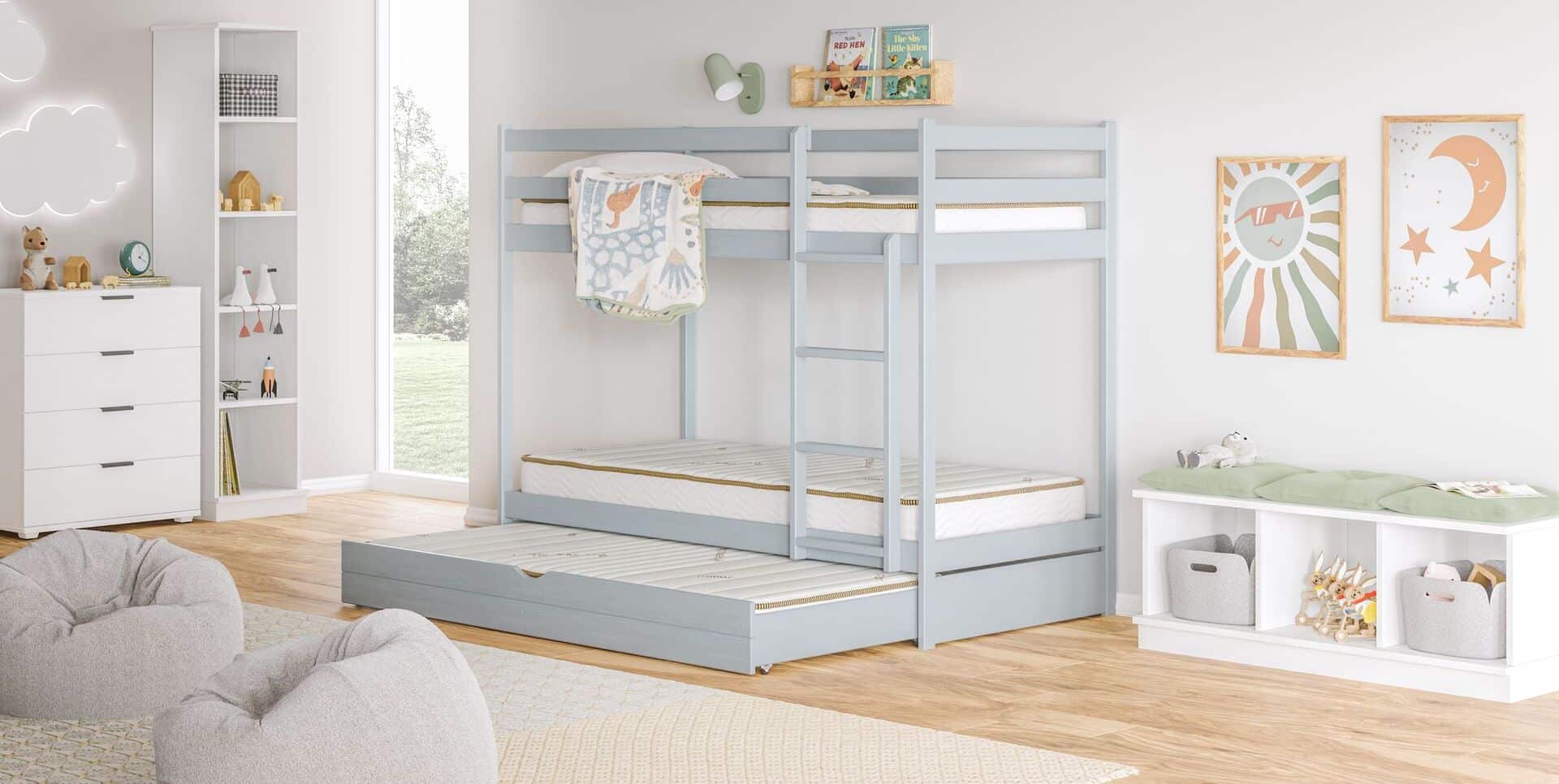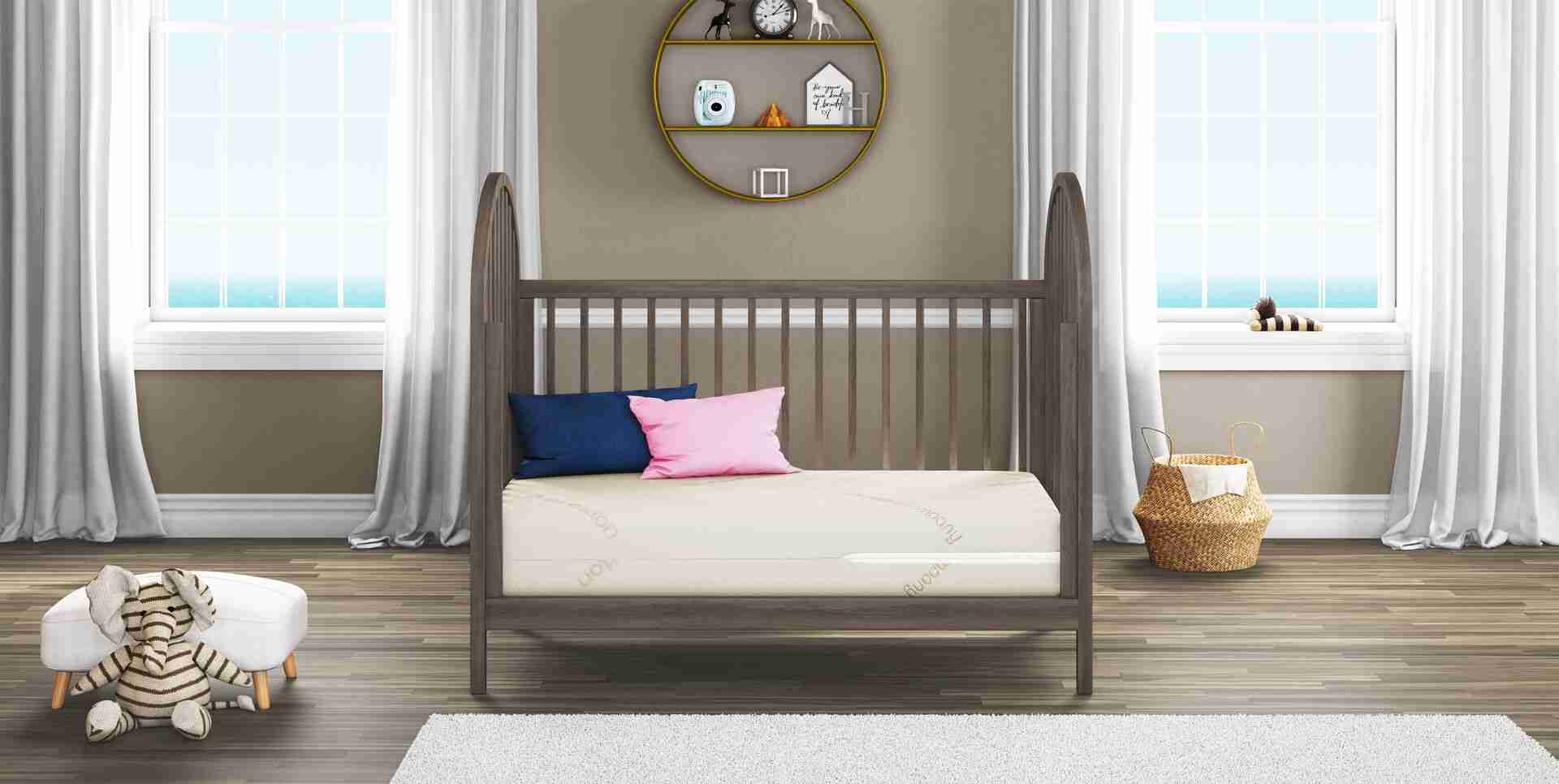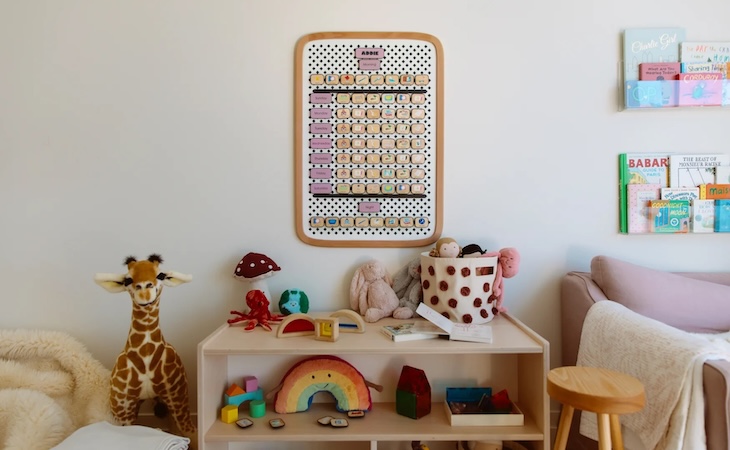There’s an interesting contradiction when it comes to sleep and babies: While infancy is a time of acute sleep deprivation for new parents, babies actually need lots of sleep all throughout a 24-hour period; in fact, they sleep more hours than they don’t sleep in a 24-hour window.
For new babies, sleep comes in the form of naps—and lots of them—and kids continue to take naps through the toddler years and, for some, the preschool years.
But why do kids need to nap, when do they stop napping, and how can you help them nap (and adopt healthy sleep practices in those first few years of life)? Below is a primer with insights from a pediatrician.
Why do kids need to nap?
“Naps are essential for a child’s proper development, mood, and physical health,” says Ashanti Woods, MD, a pediatrician at Mercy Medical Center in Baltimore.
In part, children need naps to meet their sleep needs—which is essentially the amount of sleep they need in a 24-hour window.
Meeting childrens’ sleep needs is important. The American Academy of Pediatrics (AAP) notes that regular sleep deprivation in children can contribute to everything from irritability to depression.
“Naps are essential for a child’s proper development, mood, and physical health.”
Ashanti Woods, MD, a pediatrician at Mercy Medical Center in Baltimore
The group also states that “children who get enough sleep have a healthier immune system and better school performance, behavior, memory, and mental health.”
In short, proper sleep is crucial for brain development and physical growth beginning in infancy.
How many naps does my child need?
That depends a lot on how old they are! The number of naps your child needs and the duration of their naps changes as kids grow older.
While there are various resources out there that provide education around (and even guidelines for) infant and toddler sleep, baby/toddler sleep is not one size fits all, nor can it be prescriptive.
That said, there are some general basics worth understanding. “As a rule of thumb, the younger the child (including infancy), the longer the sleep requirement,” says Woods. “As children get older, the number of naps and the length of naps decreases.”
Why? Small babies, for example, have tiny stomachs and need to eat (pretty much) around the clock, meaning that they wake every few hours (or more frequently) to feed.
This is developmentally normal, healthy, and necessary. As kids grow (and their stomachs grow!), they can go longer and longer without feeds, which helps them sleep longer overnight.
Infants also don’t begin to secret the sleep hormone melatonin, which helps cue the body for overnight sleep and helps the circadian rhythm determine between day and night, until about 3 to 4 months of age, meaning that before then, their bodies do not know the difference between night and day, so they sleep on and off around the clock.
As children’s bodies adapt to the world around them and melatonin production kicks in, children’s circadian rhythms strengthen and they begin to know the difference between day and night.
From there, part of figuring out how many naps your child needs comes down to knowing how many hours of sleep they need in general each day.
The Centers for Disease Control and Prevention notes that babies of different ages have different sleep requirements in 24 hours throughout their first few years of life:
- Newborns to 3-month-olds: 14 to 17 hours
- 4- to 12-month-olds: 12 to 16 hours
- 1- to 2-year-olds: 11 to 14 hours
- 3- to 5-year-olds: 10 to 13 hours
These totals reflect both daytime and nighttime sleep. So, at first, an infant might take four (or more!) naps a day all around the clock every few hours with no real “long” chunk overnight.
A 15-month-old, on the other hand, may take two 90-minute naps a day, with one long 10-hour nighttime sleep, and a 4-year-old may take one one-hour nap with a nine-hour continuous sleep period at night, Woods explains.
When do kids stop napping?
That varies, Woods explains, but children generally outgrow naps by age 4-and-a-half to 5. As total sleep needs throughout a 24-hour period drop, sleep becomes consolidated to overnight sleep only.
Every child is different, though, so it’s best to follow your child’s lead. That said, Woods says some signs that your child is ready to “do away” with naps include:
- The ability to stay awake throughout the day without a midday episode of moodiness, hyperactivity, or fatigue
- Being able to fall asleep at a predetermined age-appropriate bedtime (usually somewhere between 7:30 pm and 8:30 pm)
- Being able to wake the next morning aroused and ready for the day
How can I help my child get the sleep they need?
As a parent, there’s plenty you can do to support your child’s sleep. To ensure your child is getting the sleep—and the naps—they need, it’s first helpful to know when they’xfre tired.
Knowing your baby’s “sleep” or “tired” cues can help you ID when they need to nap. The Cleveland Clinic notes some general signs of tiredness in babies, including:
- Fussing, whining, or crying
- Looking “zoned out”
- Pulling their ears
- Yawning
- Rubbing their eyes
Of course, every child’s tired cues will be different. As you get to know your baby more and more, you’ll also get to know the signs that they’re sleepy.
Once you know them, share these signs with other caregivers (family members, daycare teachers, nannies) so everyone can be on the same page about sleep.
The AAP also continually points to the power of routine when it comes to sleep for both naps and overnight sleep. Sticking with regular wake times, meal times, outdoor time, nap times, and play times will help your child come to anticipate their days (including sleep) and help their bodies prepare for sleep.
Just remember: Naps might not look the same every day (for example, your child may be taking naps on the go, at daycare or preschool, or home), and that’s OK.
Including some familiar aspects as best you can (a bottle before a nap for a baby, a lovey for a toddler) can help foster a sense of routine even if sleep settings vary.
All in all, sleep is a big part of the early years of parenthood. If you’re ever worried about your child’s sleep or have questions, bring it up with your pediatrician; they can help you develop an individualized plan for sleep that will work best for your family.
Check out more helpful content for parents and families from Cassie Shortsleeve:
- 6 Common Questions About Room Sharing for Kids, Answered
- 7 Tips to Transition Your Child From Crib to Bed
- 6 Travel Sleep Tips All Parents of Babies and Toddlers Need
- 6 Nighttime Potty Training Hacks From a Pediatrician
- A Quick Guide to Safe Baby Sleep—Plus 3 Top Product Picks From a Pediatrician
- 6 Ways to Manage Multiple Bed Times as a Parent

